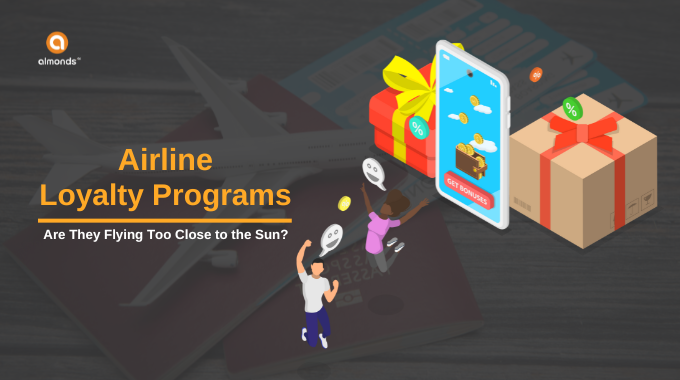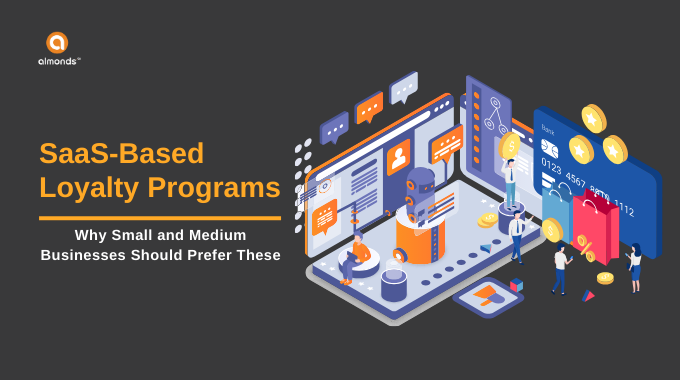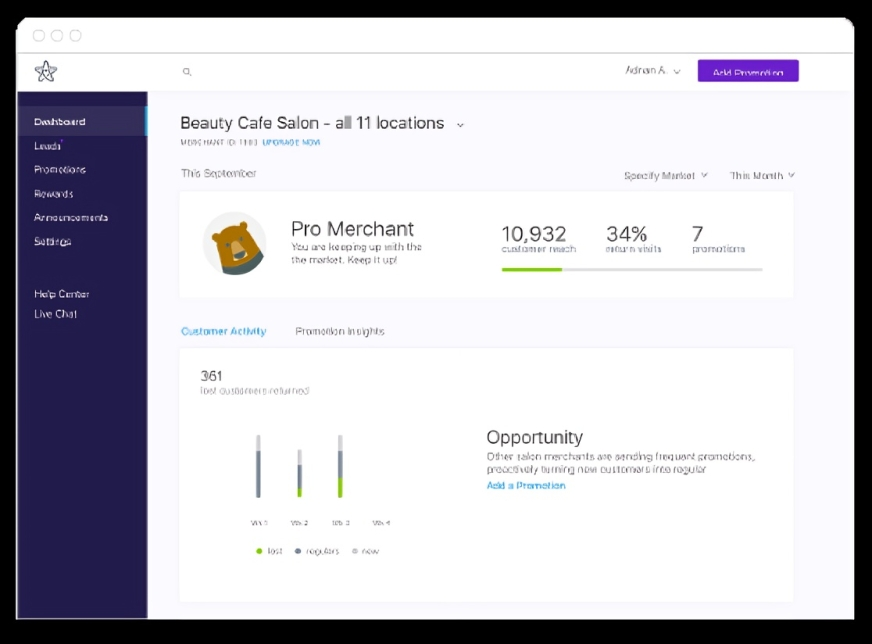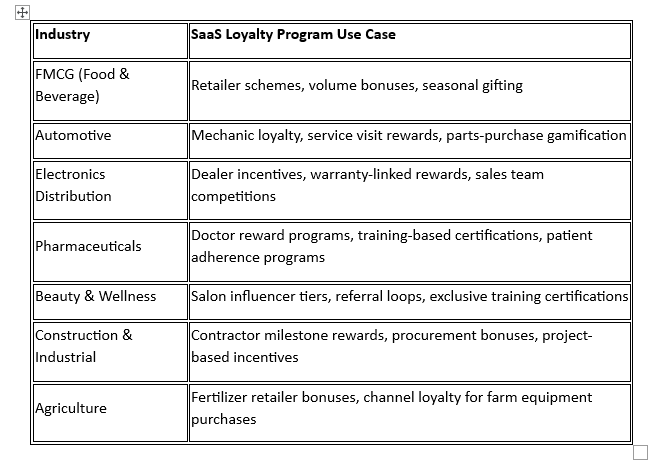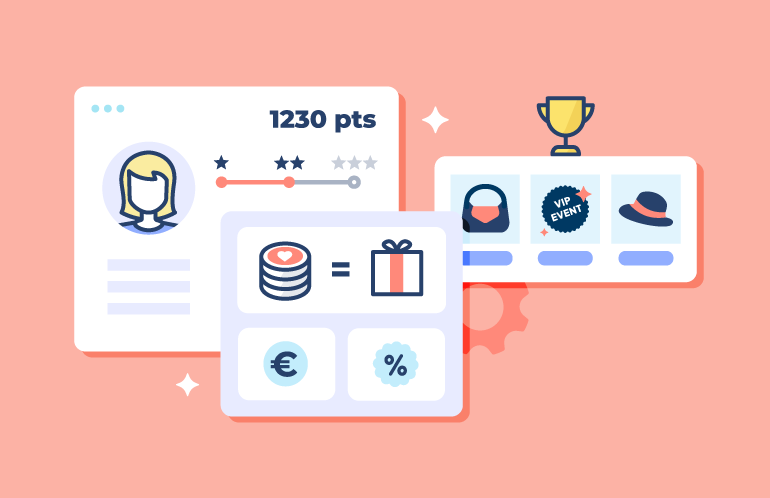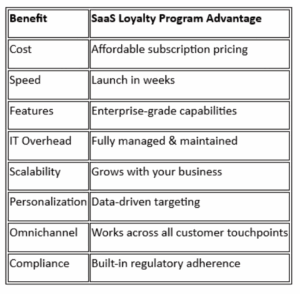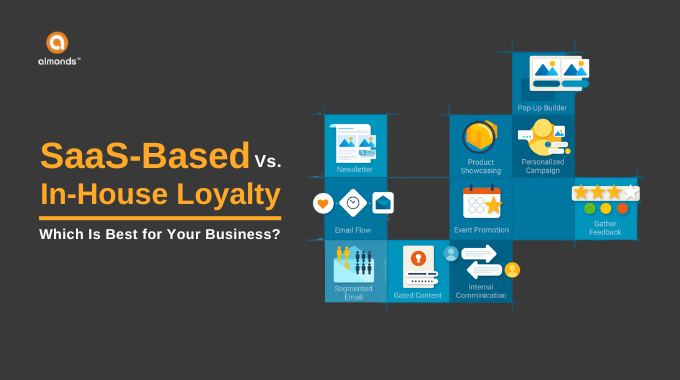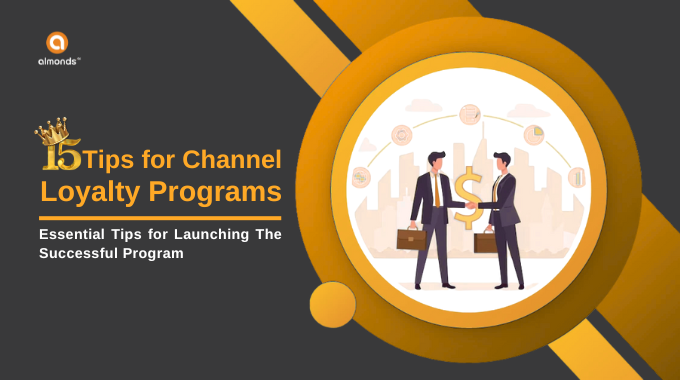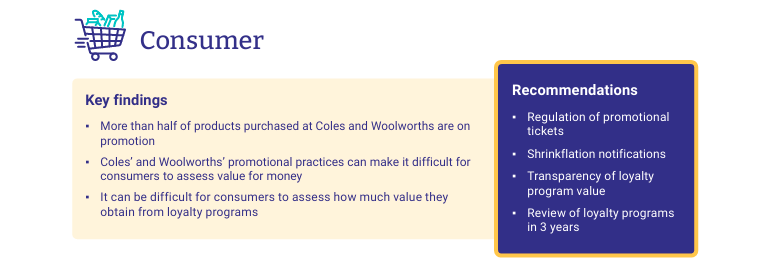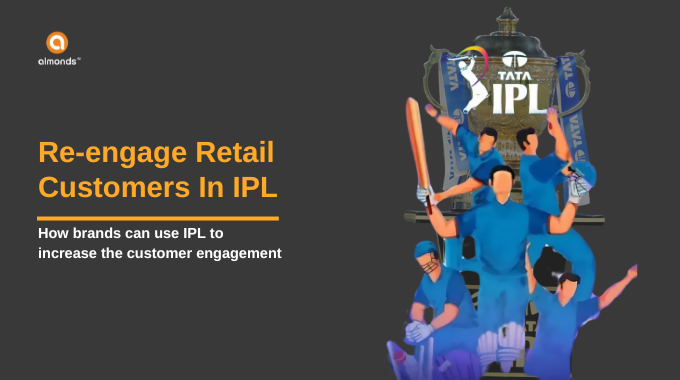The landscape of channel partner engagement is rapidly evolving. Traditional sales methods are being replaced by digital-first, self-service experiences that empower modern channel partners to make decisions independently. With more informed and self-reliant partners, businesses must rethink how they engage with potential customers.
This blog delves into the latest trends shaping Channel partner engagement in 2025 and beyond, focusing on how AI, hyper-personalization, and partner-led journeys are transforming the way businesses connect with their partners.
Key Trends in 2025 and Beyond
1. Hyper-Personalization and AI-Powered Orchestration
The future of Channel partner engagement will be defined by hyper-personalization, where every interaction is tailored to a partners’ unique context and challenges. Powered by sophisticated AI algorithms, businesses can now deliver real-time, relevant experiences based on the specific stage of a channel partner’s journey. This personalized approach will drive more meaningful engagement and improve conversion rates.
2. Channel Partner-Led Journeys
Today’s Channel partners prefer to take control of their buying journey. They expect tailored, value-driven experiences that are responsive to their needs. Engaging just a single stakeholder is no longer enough. Businesses must engage an entire buying committee, which often includes influencers, researchers, and end-users, all of whom contribute to the decision-making process.
3. The Rise of the Buying Committee
B2B purchases now involve multiple decision-makers, with an average of 6 to 10 stakeholders involved across different departments. Engaging all these stakeholders requires a shift from traditional marketing approaches. Successful B2B brands must design strategies that speak to the different needs of these various personas, creating parallel engagement streams to ensure relevance and alignment.
4. Self-Service Content and Digital Experiences
As partners increasingly demand self-service experiences, AI is accelerating their ability to access relevant information without needing direct engagement with sales teams. Offering self-service content, such as case studies, whitepapers, and product demos, will be foundational in empowering them and speeding up decision-making.
5. Shift from Lead-Based to Account-Centric Strategies
The traditional lead-based model is giving way to more sophisticated account-centric strategies. This shift focuses on understanding and engaging the entire buying committee, including technical evaluators, procurement officers, and executive sponsors. The ability to identify and engage all relevant stakeholders within an account will be crucial to a brand’s success in 2025.
Effective Engagement Tactics in Today’s B2B Landscape
1. Content Syndication with Intent Signals
Content syndication is one of the most effective ways to build pipelines by reaching out to target accounts early in the buying process. By integrating intent signals into your content syndication strategy, you can identify and engage stakeholders who are actively involved in purchase decisions, ensuring that your messaging reaches the right audience at the right time.
2. Direct Mail with Digital Touchpoints
Direct mail continues to be a powerful tactic, especially when paired with digital touchpoints. Strategically designed direct mail campaigns, such as invitations or offers based on purchase intent, can transform passive interest into active engagement. This approach is most effective when paired with other engagement methods, such as content syndication and digital ads.
3. Conversational Advertising
Conversational advertising represents a new evolution in digital marketing. Moving beyond traditional display ads, this approach offers interactive, personalized engagement points that allow for real-time conversations with potential channel partners. These interactions are more likely to surface sales-ready opportunities, speeding up the decision-making process.
4. Coordinated Sales Development Representative (SDR) Outreach
Sales activation is key to converting marketing-generated interest into real opportunities. SDRs must run synchronized outreach campaigns, aligned with content, ads, and direct mail efforts. By following up on intent signals and delivering contextually relevant content, SDRs ensure that partners receive information tailored to their specific needs and stage in the journey.
The Role of AI and Predictive Analytics in Channel Partner Engagement
AI and predictive analytics are transforming the way businesses engage with high-value accounts. AI infrastructure can analyze complex signals, such as content consumption and organizational engagement, in real-time to predict the partners’ next steps. This data-driven approach enables businesses to tailor their messaging, offers, and outreach strategies with unmatched precision.
However, it’s important to use AI strategically. While it can enhance individual metrics, relying on AI solely for isolated tasks may fall short of addressing the broader challenge of engaging complex buying committees. Marketers need AI that offers a holistic view of the B2B landscape, delivering insights on their behavior, industry trends, and content engagement patterns.
Personalization at Scale
While many Channel partners value their privacy, a significant portion still expects hyper-personalized outreach. Marketers need to track their intent signals and use this data to craft personalized content and offers. By combining intent insights with firmographic and technographic data, businesses can refine their outreach to ensure it resonates with the target partners.
AI plays a crucial role in scaling personalization. It enables marketers to experiment with new engagement tactics, creating tailored approaches for specific personas, industries, or company sizes. AI can also assist in refining email copy, ensuring that each communication resonates with the recipient.
Understanding the B2B Buying Journey
The B2B buying journey has evolved considerably over the past few years. In today’s environment, the partner’s path to purchase is non-linear, driven by an influx of information available through digital channels, peer influence, and evolving expectations. Understanding the typical stages of the B2B buying process is crucial to optimizing engagement efforts and ensuring success.
1. Anonymous Research on Potential Solutions
The buying journey often starts with anonymous research. Their typically begin by searching for solutions to address their business challenges without engaging with any vendor. At this stage, content like blog posts, ebooks, and webinars plays a crucial role in attracting and educating potential channel partners.
2. Collecting Preliminary Information on Pricing/Costs
Once the partner has an initial understanding of their needs, they start to gather pricing and cost-related information. Here, transparent pricing on your website, cost calculators, and comparison tools can help their weigh their options without engaging in direct conversations with a sales rep.
3. Engaging with a Sales Representative
Once potential channel partners are ready to narrow down their choices, they reach out to vendors for personalized discussions. Sales reps are tasked with providing further insights, clarifications, and product demos to help their make a more informed decision. Sales teams need to be well-prepared to handle these interactions, offering value and addressing specific pain points.
4. Bringing in Team Members for Research
At this stage, partners typically bring in other team members for further evaluation. This is where the buying committee expands, and multiple stakeholders start to evaluate the solution from different perspectives. During this phase, providing detailed product information, case studies, and ROI calculators will help move the decision forward.
5. Seeking Input from Peers/Existing Users
Many Channel partners also seek peer validation by looking for feedback from existing customers or industry peers. Case studies, testimonials, and online reviews can play a crucial role in swaying the decision during this phase.
6. Evaluating Solutions for Fit with Existing Partners
Once the solution has been vetted internally, partners will evaluate how well it fits with their existing partners and integrations. This is a key point for showcasing the compatibility and flexibility of your product or service within their existing ecosystem.
7. Accepting Outreach from Vendors and Engaging in Calls/Demos
At this stage, channel partners are more receptive to outreach from vendors. This is when personalized demos and consultations become essential to moving their forward through the funnel. The vendor’s ability to address concerns and articulate clear benefits becomes a deciding factor.
Measuring What Matters for Revenue Impact
Effective channel partner engagement is not just about building awareness or generating leads; it’s about driving real revenue. To ensure your B2B channel partner engagement efforts are impactful, it’s crucial to measure the right metrics. By focusing on the following key indicators, businesses can optimize their engagement strategies and drive tangible results.
1. MQL-to-SQL Conversion Rates
One of the most important metrics to track is the conversion rate from MQLs (Marketing Qualified Leads) to SQLs (Sales Qualified Leads). A steady or increasing conversion rate is a sign that your engagement strategy is working effectively. A decline in this metric suggests that your marketing and sales teams may need to adjust their tactics to better engage the right channel partners.
2. Pipeline Creation, Velocity, and Conversion
For middle and bottom-of-funnel engagement, metrics like pipeline creation, velocity, and conversion are critical. These metrics measure how quickly opportunities move through the sales funnel, providing insights into the effectiveness of sales strategies and channel partner engagement efforts.
3. Content Engagement
At the higher stages of the funnel, content engagement plays a pivotal role in educating and nurturing prospects. Tracking whether the right people at the right companies are engaging with your content can help you identify top prospects and tailor follow-up actions accordingly.
4. Conversion to MQLs and Revenue Impact
Ultimately, the success of your engagement efforts should be tied to revenue. By tracking how many leads convert to MQLs, and measuring the revenue impact from those conversions, businesses can better understand the effectiveness of their engagement tactics.
5. Deeper Funnel Metrics
As deals move through the funnel, businesses must also track more granular metrics, such as meeting completion rates, opportunity rates, and time to closed-won. These deeper funnel metrics provide insights into the health of your opportunities and the likelihood of closing deals.
6. Deal Size
Finally, the deal size is a critical metric to track. Larger deals often indicate that your engagement strategy has successfully identified high-value opportunities, and your messaging resonates with key decision-makers.
Conclusion
The foundation of successful Channel partner engagement lies in managing data effectively. By maintaining high-quality, accurate data, integrating first and third-party signals, and fostering cross-departmental collaboration, businesses can build a comprehensive understanding of target accounts. This ensures that engagement efforts are both strategic and impactful, driving real business outcomes in 2025 and beyond.
1,009 Post views
